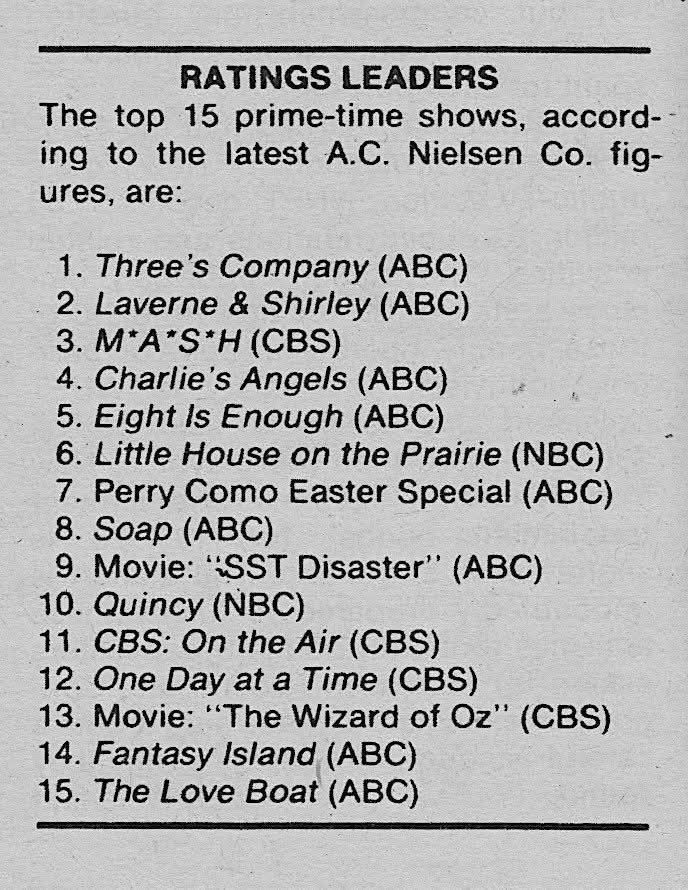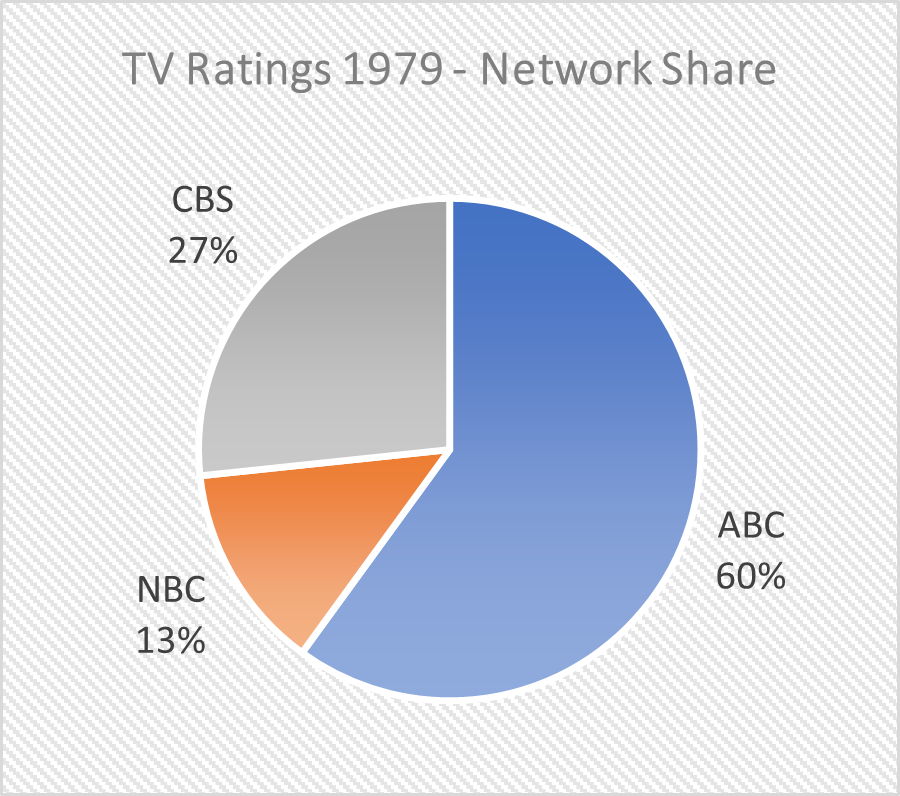Reach the right audience with your Advertising
Executive Overview
- Where you spend your advertising dollars matters in order to attract the right audiences that match your ideal customers
- Marketing Technology tools like ActiveCampaign or Marketo help you understand the advertising that’s working and moves those prospective buyers towards the next step in your purchase process
- As changes emerge – both in media properties and in your offerings – use analytics data to understand and respond to these shifts in your marketing to maintain your market share
Advertising Changes Over The Years… So Should Your Marketing Plan
Holding your position against the competition requires a cunning sense of your strengths and your weaknesses. After all, your customers have many, many different choices when they’re trying to satisfy their needs. So knowing the right medium to communicate – and how that’s different from the alternatives – is key to attracting a growing, loyal base of customers.
Plus, we have choices about which medium we use to reach those customers. Should you use Organic Social Media posts, or YouTube, or Paid Search, or a Slack Community? If so, which network do you use? Or is that a more traditional format like direct mail, television, or radio advertising?
Each tactic has its own strengths and weaknesses and is effective for the kind of audience that you want to reach. Having an expert in marketing technology helps you understand these signals, captures them into a tool like ActiveCampaign, and then setting up an automation with the next action for that engaged viewer to move forward in the purchase process.
And it all happens in the background so you can focus on other important areas of your business! But first you have to pick the right advertising to attract them into the beginning of your marketing and sales funnel.
Limited Market Players in TV Advertising
Let’s use a simple example around television advertising. Here’s a list of the top 15 television programs from 1979. Back then, American TV was dominated by 3 networks – ABC, NBC, and CBS. PBS was (and arguably it still is) a niche network with a relatively small audience. Cable television was just starting to emerge and digital video was well over a decade away. If you asked someone what streaming television was back then, they probably would have guessed it was related to a program about recreational fishing!
The point is that customers had limited choices about the television they could consume. And the battle for audience attention was important because that dictated the amount of money television networks could charge marketers for advertising.

Each firm in a marketplace has their own position with a uniquely valuable audience they can reach
You can see in the Neilsen ratings that ABC was clearly the leader in television programming. They had 9 of the top 15 programs on television! Did that mean that NBC and CBS had a hard time attracting marketers to buy advertising? Not at all!
Because the characteristics of the broader audience watching an episode of Laverne and Shirley would be very different than those seeing the evening news back then. And CBS was clearly the leader in its evening news program. Remember, this was a few years before CNN invented the 24-hour news channel. It was quite a while before the internet allowed people to search for their news on demand.

Television Advertising is similar to Digital Advertising today
Consider how similar that process is to the digital advertising landscape that marketers use today.
The Neilsen Ratings were the primary way that television advertisers were able to demonstrate their market share. Marketers typically use Media Buyers to help them manage their television spend for each of their marketing campaigns.
The table below shows just a few of the similarities in the thought process between the two advertising mediums:
| Category | Television Advertising | Digital Advertising |
|---|---|---|
| Media | What programs do our customers watch (e.g. Three’s Company, Laverne & Shirley, etc.)? | What social networks do our customers visit (e.g. Facebook, LinkedIn, BlueSky, etc.)? |
| Frequency | How long of a flighting should we run our advertising? | When should we start and stop our advertising? |
| Format | Should we run a 30-second ad or a 60-second ad? | Should we run an Interstitial ad or a Sponsored Post ad? |
| Offer | What action should we ask people who are interested in our advertising to complete? | What is the CTA (Call to Action) of our advertisement? Which landing page should we send people? |
Applying TV Advertising principles to Digital Marketing today
Neilsen is still a thriving business today. Largely because they’ve expanded their insights considerably into digital media properties. And marketers like you and I need those insights to make the right choices on where they put their marketing budget.
If you’re an enterprise marketer, you might buy their services directly. But for the rest of us marketers in mid-market or SMB businesses, we can still rely on those insights with a few reasonably-priced options:
- Many advertising outlets (especially market leading ones) will provide market research data to help prove their effectiveness
- Digital Advertising mediums like Facebook Ad Manager and Google Advertising have their own analytics that tell us the broader audience that is engaging with each marketing campaign
- Analytics features within your own marketing automation platform like ActiveCampaign or Marketo provide reporting on the each individual who is engaging with your marketing and the advertising that they’re responding to
If you’d like to see how your advertising impacts your actual sales revenue, Conversion Store provides metrics and analysis as a part of our new Revenue Foundations program. We offer complimentary, 20 to 30-minute consultations to help you understand the audiences you want to reach and the tools to actually get them to respond.
Subscribe to our Blog
Read the latest updates and insights about how to make the most of your marketing technology to meet your business and revenue goals.
Contact Us
We will get back to you as soon as possible.
Please try again later.


CONTACT US
Call Us
hello@ConversionStore.com
Mailing Address:
Conversion Store Inc.
52A Ervin St.
Belmont, NC 28012
USA
USEFUL LINKS
STAY INFORMED
All Rights Reserved | Conversion Store Llc.

